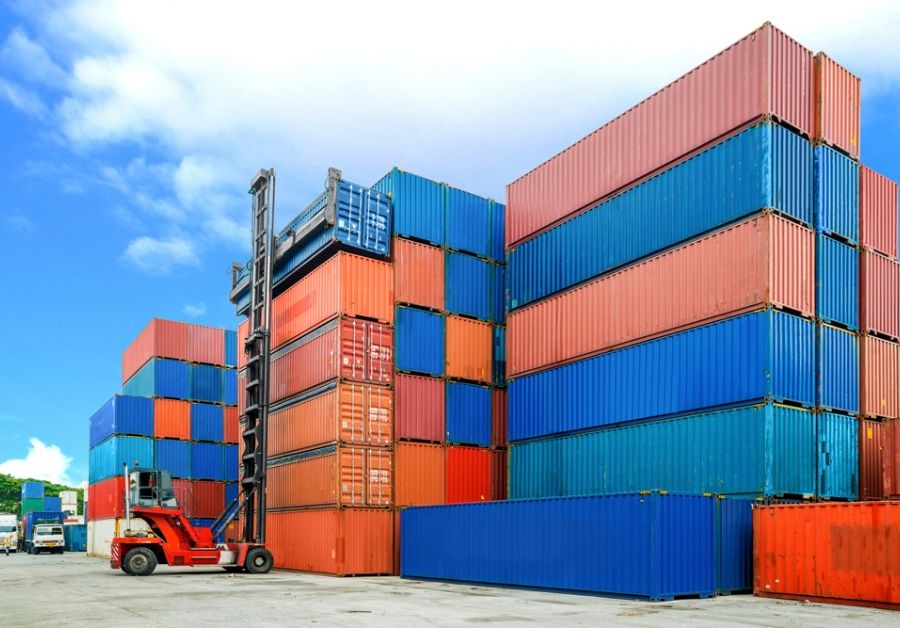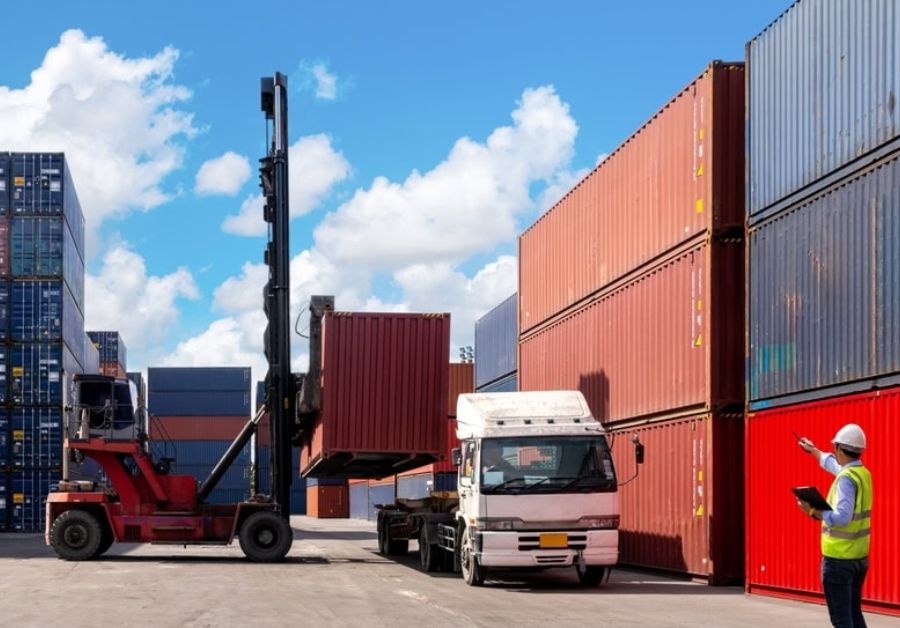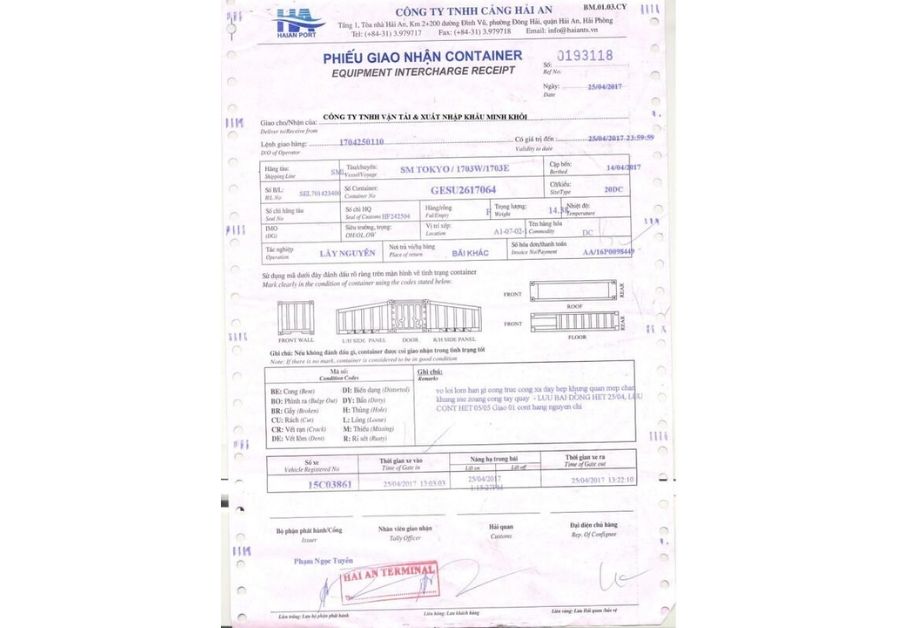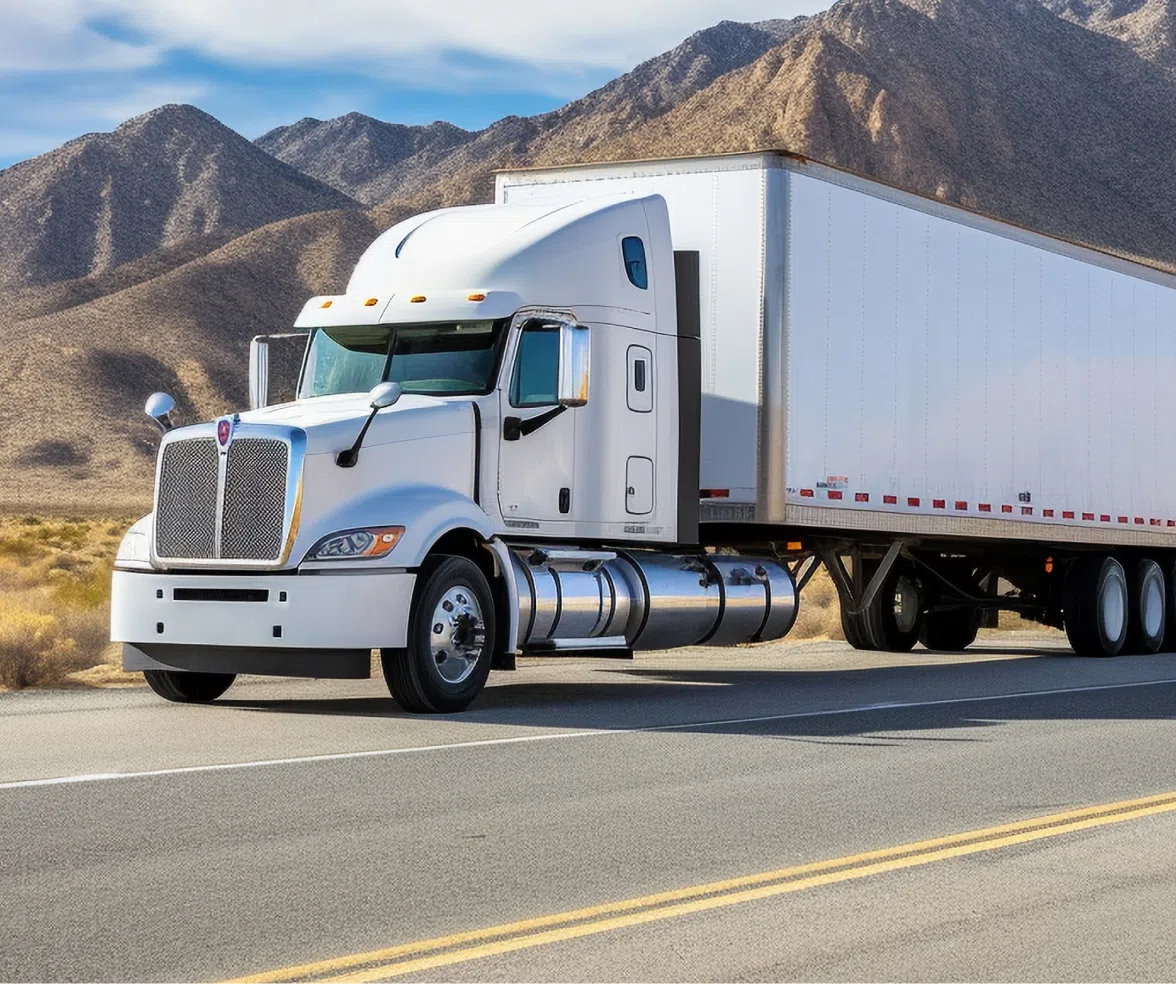What is container demurrage? Who bears the container demurrage fee?

Translated Content:
In the field of international maritime transport, container deposit is a commonly encountered term, especially during the process of importing goods. So, what is a container deposit? Who is responsible for paying this fee? The article below will provide detailed answers to these questions while offering important information to help businesses importing goods via containers understand the process and avoid unnecessary disputes.
What is a Container Deposit?
A container deposit, also known as a container shell deposit, is a sum of money that the shipper must pay as a deposit to the shipping line or transport company to ensure the container is returned in good condition after use. There are two scenarios where a container deposit arises:
Case 1: The shipper deposits a sum of money to allow the shipping line to permit the container to be taken to a private warehouse for unloading. This typically occurs during the process of obtaining a Delivery Order (D/O).
Case 2: After unloading the goods and returning the empty container to the depot/port, if the container is damaged (dented, deformed, dirty floor, etc.), the shipper will have to pay a repair fee, known as the container repair deposit fee.

Why Do Shipping Lines Require a Container Demurrage Deposit?
Containers are high-value assets for shipping lines. Requiring a demurrage deposit (often accompanied by a cash deposit) is a protective measure to safeguard the shipping line’s interests and minimize risks during container leasing. Risks without a demurrage deposit include:
- Delayed Container Returns: Customers may return containers later than the agreed timeframe, disrupting the shipping line’s transport schedule.
- Container Damage: Containers may be damaged due to improper use or accidents during transport.
- Container Loss/Theft: Containers may be stolen or lost due to lax management or external factors.
Who Pays the Container Demurrage Fees?
Responsibility for paying demurrage fees depends on the specific situation:
- Initial Demurrage Fee: The cargo owner pays the initial deposit when receiving the container. This deposit is refunded if the container is returned on time and in good condition.
- Container Repair Fees: If the container is damaged upon return, the cargo owner is responsible for repair costs. In practice, logistics companies often advance these fees on behalf of the cargo owner, who later reimburses them.

How Much Are Container Demurrage Fees?
Demurrage fees vary and are not fixed, depending on factors such as container type, shipping line, and container condition. Typically, fees range from VND 2-4 million for standard cargo containers. For heavy machinery or equipment, fees may double. Reefer containers incur higher fees, ranging from VND 80-120 million per unit. In addition to demurrage fees, cargo owners may face other costs, such as container detention fees, repair costs (if applicable), and reasonable third-party handling fees.
Detailed Container Demurrage Process
The demurrage process typically follows these steps:
- Container Return and Inspection: The cargo owner returns the empty container to the designated depot/port. Depot staff inspect the container’s condition and collect any applicable demurrage fees.
- Issuance of EIR: After inspection, depot staff issue an Equipment Interchange Receipt (EIR), noting the container’s condition.
- Verification with Shipping Line: The logistics company submits the EIR to the shipping line to confirm the container’s condition and any repair costs (if applicable).
- Confirmation and Processing: The shipping line confirms repair costs or verifies that no repairs are needed. If repairs are required, a debit note is sent to the cargo owner. If no repairs are needed, the logistics company retrieves the initial demurrage deposit.

Key Considerations for Cargo Owners Importing Full Container Loads (FCL)
To avoid disputes related to container demurrage, cargo owners should note the following:
- Thorough Inspection Upon Receipt: Request the transport provider to inspect the container carefully and take photos of all six interior and exterior surfaces as evidence.
- Collaborate with Shipper for Damages: If the shipping line demands container repairs, the cargo owner should contact the transport provider to provide evidence and coordinate with the shipping line in the exporting country.
- Detailed Inspection Upon Return: When returning the empty container, inspect it thoroughly with depot staff and sign to confirm its condition.







